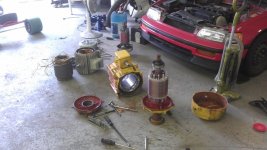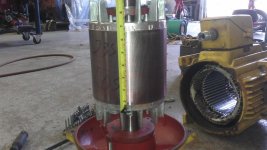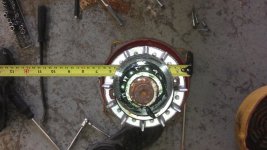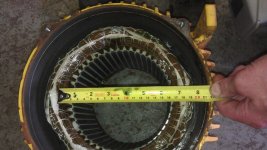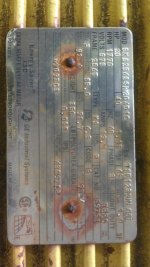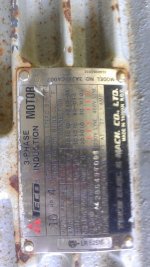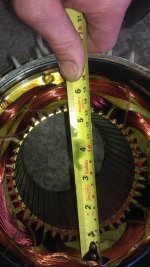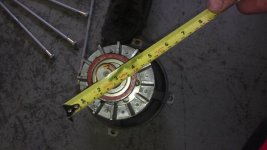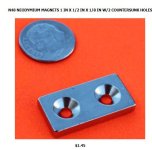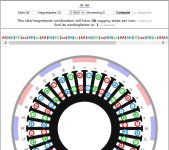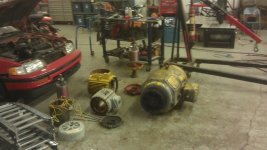Ok so.... I have talked about it. Now its time to talk more and get a design down. I will most likely need to learn LTsplice more then I have and FEMM for this all to come together. But as most of you have seen IM building my own controllers and aiming for the sky for POWER. There is more then one way to skin a cat.
But lets start off with the reasons I want to chase this carrot.
1 Cost. I'm not rich and if you think about it the biggest reason for electric vehicles is saving money.
2 I LOVE DIY
3 I want more power then you can normally find in a store bought Motor.
4 This is for a car ( the next step) and if the Honda CRX makes decent power I will build a bigger one for the Road Runner.
5 Induction motors are cheep and some times free. I have 5 two are little 1/2 and 1 hp single phase motors 2 are 10hp (continuous rated) 215t frame and
1 is a 256t 20 hp (continuous rated) motor.
Ok so here is my basic plan.
I will take one of the 215t frame motors and make a magnet filled rotor for it with permanent magnets Neo mags? I will get it running and see what kind of power I can make.
If that goes well I will move on to making a bigger one. IN the meantime I will make an aluminum casing to help with cooling weight and size. As well I will look at an oil cooling system the feeds oil into the housing and sprays it on the ends of the rotor and the rotor will centrifugally spray it on the end turns on the windings. This will help keep the magnets and the windings cool.
But lets start off with the reasons I want to chase this carrot.
1 Cost. I'm not rich and if you think about it the biggest reason for electric vehicles is saving money.
2 I LOVE DIY
3 I want more power then you can normally find in a store bought Motor.
4 This is for a car ( the next step) and if the Honda CRX makes decent power I will build a bigger one for the Road Runner.
5 Induction motors are cheep and some times free. I have 5 two are little 1/2 and 1 hp single phase motors 2 are 10hp (continuous rated) 215t frame and
1 is a 256t 20 hp (continuous rated) motor.
Ok so here is my basic plan.
I will take one of the 215t frame motors and make a magnet filled rotor for it with permanent magnets Neo mags? I will get it running and see what kind of power I can make.
If that goes well I will move on to making a bigger one. IN the meantime I will make an aluminum casing to help with cooling weight and size. As well I will look at an oil cooling system the feeds oil into the housing and sprays it on the ends of the rotor and the rotor will centrifugally spray it on the end turns on the windings. This will help keep the magnets and the windings cool.


